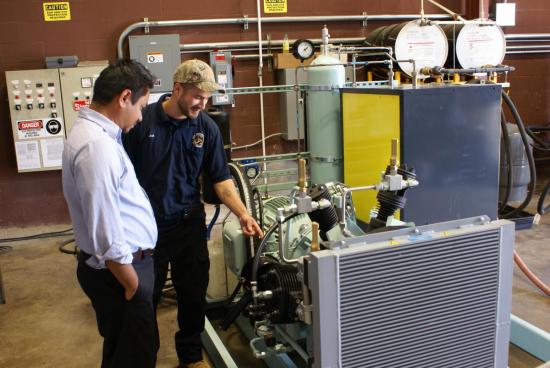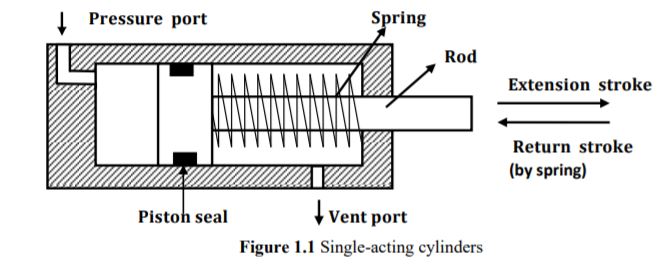Have you ever wondered what a charter bus looks like? Maybe you’ve seen them on the highway or parked outside of a hotel, but have never had the chance to step inside. Well, get ready for an inside look at these impressive vehicles!
A charter bus is a large, luxurious vehicle that is perfect for group transportation. The exterior of the bus is typically sleek and modern-looking, with tinted windows to ensure privacy for passengers. The interior of the bus is equally impressive, boasting comfortable seating, air conditioning, and plenty of legroom for each passenger.
When you step inside a charter bus from www.infinitytransportation.net, you’ll feel like you’re in a mobile lounge. The seats are plush and recline slightly, making it easy to relax on long trips. There’s also ample space overhead to store luggage and other belongings, so you don’t have to worry about feeling cramped or uncomfortable during your journey.
Overall, charter buses offer a convenient and luxurious way to travel with a group of friends or family members.
What is the Number of Seats a Charter Bus Has?
Are you planning a group trip and wondering how many seats a charter bus has? Look no further! Renting a charter bus can be an excellent option for large groups, but it’s important to know what you’re getting into.
You also need to think about things like stops along the way, which models and offers are available, what kind of lights are used on the bus, and other obvious essentials.
However, even if you’ve done your homework and prepared thoroughly for your trip, things can still go wrong. You might get lost or encounter unexpected problems that completely derail your plans. In these situations, it’s important to stay calm and look for solutions.
Whether that means adjusting your itinerary or seeking help from others, remember that there is always a way forward.
Charter buses often provide recline seats, bathroom stops, reading lights, and other essentials to ensure that travelers have everything they need while on the road. Moreover, choosing a charter bus also allows you to customize your travel experience to meet your needs. If you want to travel longer distances without making too many stops or if you prefer specific equipment onboard, a charter bus is an excellent choice.
However, there are some obvious factors you should know before renting a charter bus. For instance, the size of the vehicle will depend on how many people are traveling with you.
To hire a convention transportation to the airport, please follow the link.




